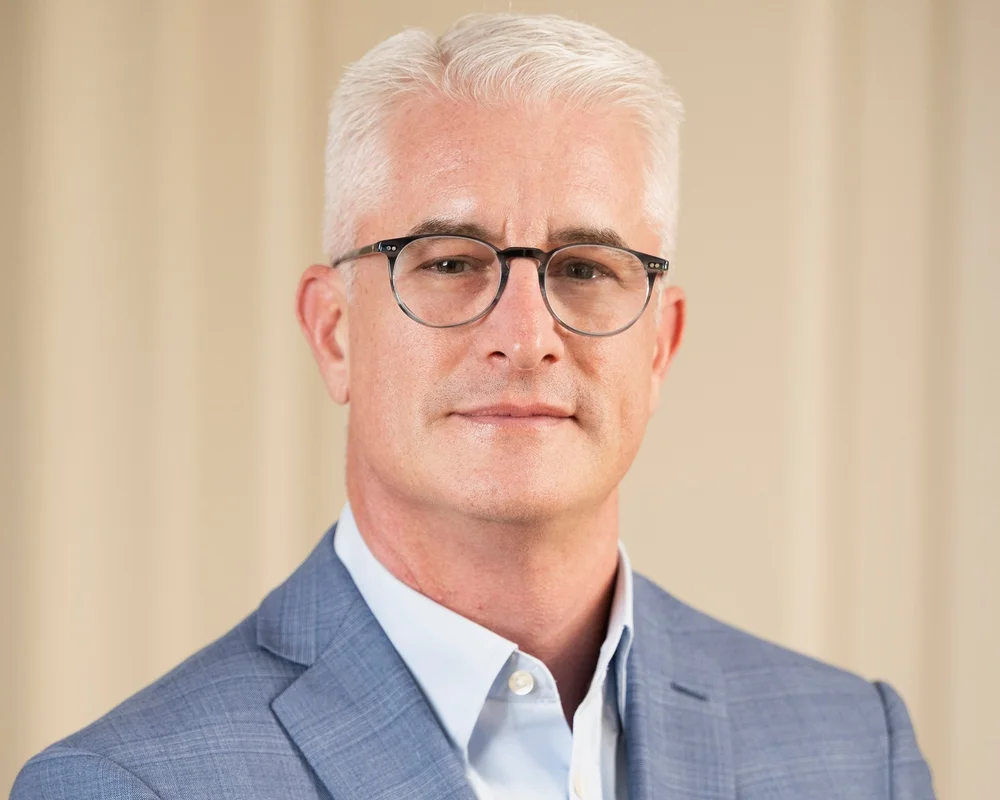 This Industry Viewpoint was authored by Anthony Goonetilleke, Group President of Technology & Head of Strategy at Amdocs
This Industry Viewpoint was authored by Anthony Goonetilleke, Group President of Technology & Head of Strategy at Amdocs
How does Swiftie Mobile sound to you? Or, better yet, how many subscribers do you think they’ll capture on day one after guaranteeing two concert tickets for every year a user maintains their subscription?
The wireless industry is entering a new era. No longer is telecom solely driven by network speed or device innovation; cultural capital is quickly emerging as, potentially, an equally important motivation. It’s a growing trend that’s making CMOs re-think the traditional mobile strategy: the rise of personality/community-powered MVNOs.
For the first time, the name displayed on your mobile status bar might not be a national carrier, but a pop star, YouTuber, or even the current sitting president – as we recently witnessed with the introduction of Trump Mobile. Welcome to the age of the influencer-led connectivity and – more importantly – get ready for the acceleration of changing consumer behavior.
While MVNOs were once perceived as a low-cost option, that is no longer the case. This shift may indicate a structural realignment in how telecom services are launched, distributed, and consumed—creating a significant opportunity for new revenue streams for those who choose to use it as a red thread to build their digital communities.
The Emergence of Trump Mobile and What it Signals
Perhaps no MVNO launch this year has generated as much attention as the introduction of Trump Mobile, which launched with a headline-grabbing “$47.45/month ’47 Plan’” and marked a significant milestone for MVNOs. Regardless of political affiliation, the MVNO proved two things: that loyal audiences can be converted into wireless subscribers, and that telecom can become a vehicle for affinity.
If telecom had been defined by network coverage and pricing tiers, Trump Mobile is betting that they can monetize a loyal audience into recurring revenue. While the offering may attract a specific population, it may also be the start of a re-segmentation of the market. This MVNO launch encapsulates where the industry is ultimately going: connectivity embedded with identity, values, emotion and a “connection.”
Three Industry Shifts Driving the Trend
U.S. mobile network operators have poured billions into 5G infrastructure and have been looking for new ways to generate returns on that investment. The rise of influencer and affinity-based MVNOs reflects a strategic pursuit to capture fresh revenue from demographics traditionally outside the core brands, primarily driven by three structural shifts:
- Saturation and Fragmentation:With U.S. wireless penetration above 120% for the U.S., the battle for subscribers is no longer about market entry; it’s about segmentation. As core ARPU growth stabilizes, telcos are looking for ways to reach culturally specific segments and personality-anchored brands add the emotion, identity, and community that have often been difficult to capture
- Tech Stack Transformation:Cloud-native MVNO platforms, eSIM onboarding, and wholesale APIs have dramatically slashed launch timelines. As a result, the mobile service that once took years to build can now go live in a matter of just weeks with minimal CapEx and no retail footprint.
- The Influencer Economy:We often associate influencers as those pushing products, but the reality emerging is that influencers themselves are the product. They bring distribution, loyalty, and lifestyle that can now be bundled into mobile service offerings together with a pre-packaged audience
Beyond the Hype: A Repeatable Economic Model
Influencer MVNOs are likely to be met with healthy skepticism as we see more figures enter the space, but don’t let that fool you. The MVNOs that were once seen as low-cost services trying to undercut traditional pricing models now offer something different: a path to monetize underused capacity, reach untapped demographics, and do it all without cannibalizing the core brand. A significant number of success stories already exist.
Consider Mint Mobile, for example, which was famously co-owned by Ryan Reynolds before the company was sold off to T-Mobile in a deal reportedlyworth $1.35 billion. While this is one of the most prominent examples of a MVNO today, it’s also just the first of many dominos to fall. In fact, recent research from Juniper Research predicts that global revenue from MVNO-in-a-Box services will exceed $1 billion for the first time in 2029—marking a substantial rise from just $310 million in 2024.
Ryan Reynolds and President Trump aren’t alone either. New MVNOs are popping up across music, sports, and entertainment including:
- RoccStar Wireless, launched by the Grammy-nominated artist, offers plans as low as $19.99/month, paired with exclusive drops and giveaways.
- SmartLess Mobile, from the hit podcast hosted by Jason Bateman, Will Arnett, and Sean Hayes, provides a $15/month plan with 5GB of data and a pipeline to 20M monthly listeners.
- Millwall Mobile, a UK example, targets football fans with team-branded connectivity and fan rewards.
The playbook is only just starting. Imagine Dude Perfect Wireless, where subscribers earn free data top-ups for sharing trick shots. Or Eilish Mobile, bundling early concert access with zero-rated Apple Music streaming. Combining influence with connectivity-specific benefits could be what we see next.
What these examples prove is that when the friction of switching providers is eliminated thanks to eSIM, and when onboarding is fully digital, consumers are willing to try something new—especially when it comes with perks, relevance, or status within their fandom.
The Network is Now the Narrative
In the end, your phone line is becoming more than a utility. It’s becoming a personal statement that could encompass a political stance, a fan club membership, a piece of merch, or a podcast punchline. This means the future of telecom may expand beyond just major players to one that more broadly represents Kylie Wireless, LeBron Connect, or K-PoP Broadband.
For the telecom incumbents in the space, this moment represents a new challenge alongside an incredible opportunity. Traditional brand loyalty is eroding while price and performance is no longer enough to retain subscribers and, in many cases, the MVNOs that have been viewed as second-tier brands are re-writing the telco rulebook. For an industry long-defined by coverage maps, this may offer a new opportunity to increase customer lifetime value – and target the next generation’s brand affinities while doing it.
For consumers, this shift has become an unavoidable reality. Telecom, once at the top of Maslow’s hierarchy in terms of connectivity needs, is now evolving into a key part of cultural infrastructure—and in 2025, culture is king.
If you haven't already, please take our Reader Survey! Just 3 questions to help us better understand who is reading Telecom Ramblings so we can serve you better!
Categories: Industry Viewpoint · Wireless






Discuss this Post